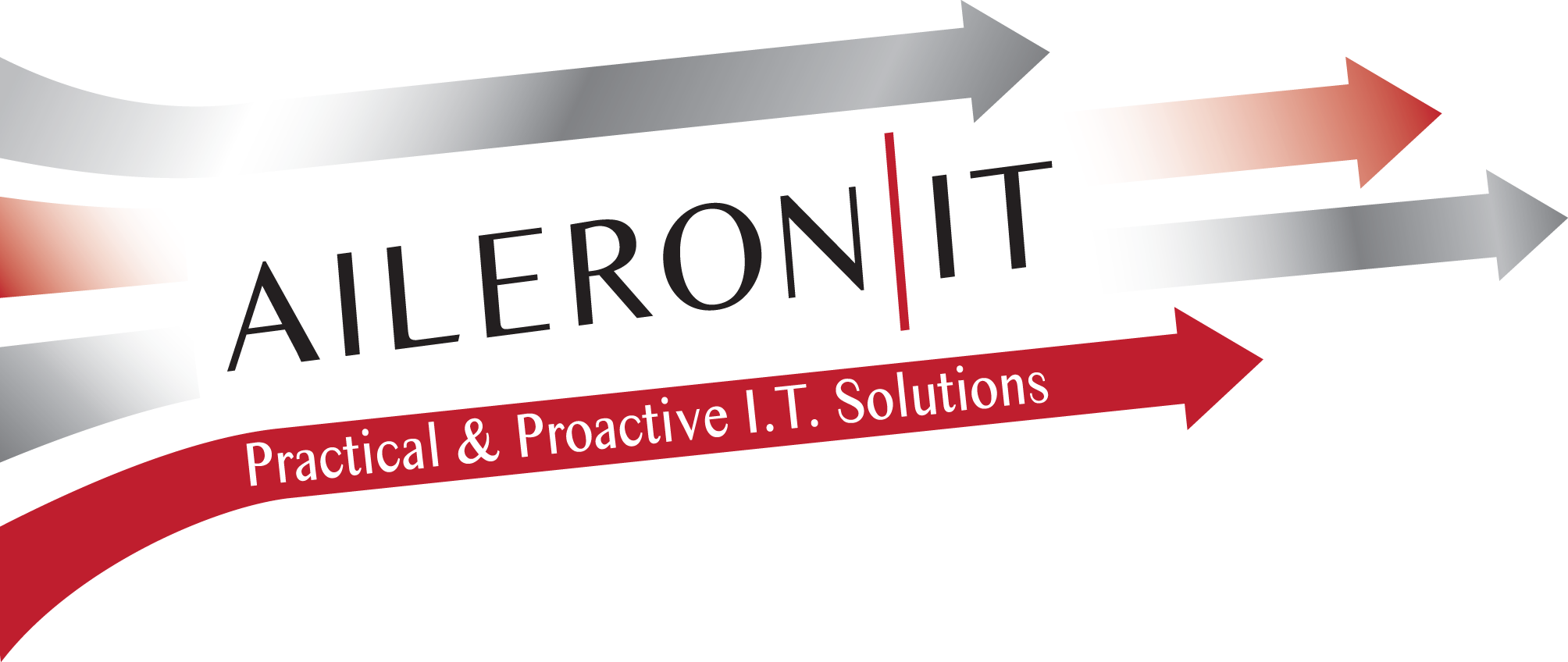Optimizing IT for Small Businesses: Key Strategies for Teams under 100 Employees

Introduction
As a business owner with a team under 100 employees, you’re likely familiar with the crucial role IT plays in keeping your operations running smoothly. From securing data to maintaining the hardware and software your staff depends on daily, IT management is an essential part of modern business. Yet, many small to mid-sized businesses face unique challenges in this space, often without the budget or resources of larger enterprises.
This guide will walk you through key IT considerations and practical solutions tailored to your business size. The goal is to help you optimize your IT infrastructure, enhance cybersecurity, and ensure regulatory compliance without overwhelming your internal resources.
1. Data Backup and Disaster Recovery
One of the most critical aspects of managing IT for a growing business is having a reliable data backup and recovery plan. For businesses of your size, a data loss incident could lead to downtime, financial losses, and potentially the end of operations. As such, investing in robust data recovery solutions should be a priority.
Best Practices:
- Regular Backups: Ensure that your data is backed up daily, both onsite and in the cloud. Hybrid backup solutions that utilize both methods provide extra security and redundancy.
- Test Recovery Plans: Your disaster recovery plan should not only be written but regularly tested to ensure its effectiveness.
- Secure Storage: Store backup data in encrypted formats and ensure it’s protected with strong authentication measures to prevent unauthorized access.
By implementing these steps, you can minimize downtime and ensure business continuity.
2. Cybersecurity for Small Businesses
With cyber threats becoming increasingly sophisticated, businesses of all sizes are vulnerable. For small businesses, attacks like phishing, ransomware, and data breaches can be devastating. Despite this, many SMBs overlook cybersecurity due to budget constraints or a lack of awareness.
Cybersecurity Tips for Businesses with fewer than 100 Employees:
- Firewall Protection: Implement a next-generation firewall to protect your network from external threats.
- Employee Training: Many data breaches result from human error. Regular cybersecurity training for employees will reduce the likelihood of successful phishing or social engineering attacks.
- Two-Factor Authentication (2FA): Adding an extra layer of security via 2FA for critical systems helps protect your business, even if passwords are compromised.
- Patch Management: Ensure your systems and software are up to date with the latest security patches to close any vulnerabilities.
These measures provide a strong foundation for protecting your company’s sensitive data and customer information.
3. Efficient IT Support and Infrastructure Management
Under 100 employees, your IT infrastructure likely includes a mix of computers, software applications, servers, and network devices. Managing these resources effectively is key to minimizing downtime and maximizing productivity.
Key Focus Areas:
- Managed IT Services: Instead of hiring full-time IT staff, consider outsourcing to a managed service provider (MSP) who can offer remote monitoring, troubleshooting, and system maintenance for a fraction of the cost.
- Hardware and Software Maintenance: Regularly scheduled maintenance ensures that your systems run efficiently, and minimizes the risk of unexpected failures. This includes ensuring operating systems, antivirus software, and applications are all up-to-date.
- Cloud-Based Solutions: Cloud services, like file storage or virtual machines, can reduce the need for costly hardware on-site. They also improve collaboration and provide remote work flexibility for your employees.
Proper management of IT infrastructure reduces bottlenecks and keeps your business operating efficiently.
4. Software Integration and Avoiding Data Silos
A common challenge for businesses as they grow is ensuring that all software applications are integrated and able to communicate effectively with each other. Failing to address this leads to “data silos,” where information is isolated within specific departments or software, making it hard to get a full picture of operations.
Solutions:
- Enterprise Resource Planning (ERP) Systems: For businesses with multiple departments (e.g., sales, HR, and finance), an ERP system can centralize operations and data, improving overall visibility.
- API Integrations: Many cloud-based software solutions offer APIs (application programming interfaces) that allow them to integrate with other platforms seamlessly. Work with an IT professional to ensure your systems are compatible and integrated properly.
- Data Management: Ensure that your data is being stored in a way that is easily accessible and manageable. Implement a data strategy that includes regular cleaning and updating of information to prevent outdated records from bogging down your systems.
With the right approach, you can break down data silos and improve efficiency across your business.
5. Network Performance and Remote Work Solutions
In today’s digital-first world, a fast, secure, and reliable network is essential for businesses of any size. Additionally, the shift toward remote or hybrid work models has made it even more critical to ensure your network infrastructure supports your team, whether they’re in the office or working from home.
Key Considerations:
- Bandwidth Management: With more devices and remote workers accessing your network, it’s important to ensure you have sufficient bandwidth to handle the traffic. An IT provider can help monitor and optimize network performance.
- Virtual Private Networks (VPNs): If employees need to access sensitive company data from remote locations, VPNs provide a secure way to connect to your network.
- Cloud Collaboration Tools: Ensure your team has access to cloud-based collaboration tools like Microsoft Teams or Slack, which allow for seamless communication and file sharing.
Optimizing network performance and remote work infrastructure helps ensure that your employees stay productive, regardless of where they work.
6. Regulatory Compliance and Data Privacy
For businesses handling sensitive data—whether it be customer information, financial records, or employee data—compliance with data privacy regulations is essential. Failure to comply with regulations like GDPR, HIPAA, or PCI-DSS can result in hefty fines and a loss of trust from your customers.
Steps to Ensure Compliance:
- Understand Applicable Regulations: Depending on your industry and geographic location, different data privacy laws may apply. Consult with legal and IT professionals to identify the specific regulations that impact your business.
- Implement Data Protection Measures: Encrypt sensitive data, enforce strong access controls, and regularly audit your data management practices to ensure compliance.
- Data Retention Policies: Establish clear data retention policies that align with regulatory requirements, ensuring that data is stored for the appropriate amount of time and then securely deleted.
By taking proactive steps, you can protect your business from legal and financial repercussions while building trust with your customers.
7. Using Technology to Improve Customer Experience
Customer satisfaction is vital to your business’s success, and IT can play a significant role in enhancing customer experience. Implementing technology that streamlines communication, improves service delivery, and provides personalized experiences will give your business a competitive edge.
Technologies to Consider:
- Customer Relationship Management (CRM) Systems: CRMs like Salesforce or HubSpot help manage customer interactions, track leads, and automate follow-ups, leading to better customer engagement.
- Chatbots and AI: Consider integrating chatbots on your website to offer 24/7 customer support and instantly answer common queries.
- Data Analytics: Use data analytics tools to gain insights into customer behavior, preferences, and feedback. This will allow you to tailor services and marketing efforts more effectively.
Investing in technology that enhances customer experience can help build long-term loyalty and drive growth.
Conclusion
Managing IT for a business with fewer than 100 employees may seem challenging, but by focusing on the right areas—like cybersecurity, disaster recovery, and customer experience—you can turn these challenges into opportunities for growth. Leveraging the right tools and services, whether through outsourcing or cloud-based solutions, ensures that your business remains competitive, secure, and efficient.
The strategies outlined above will help you address common IT concerns and position your business for future success.

